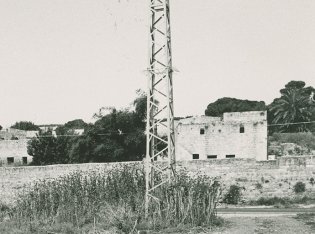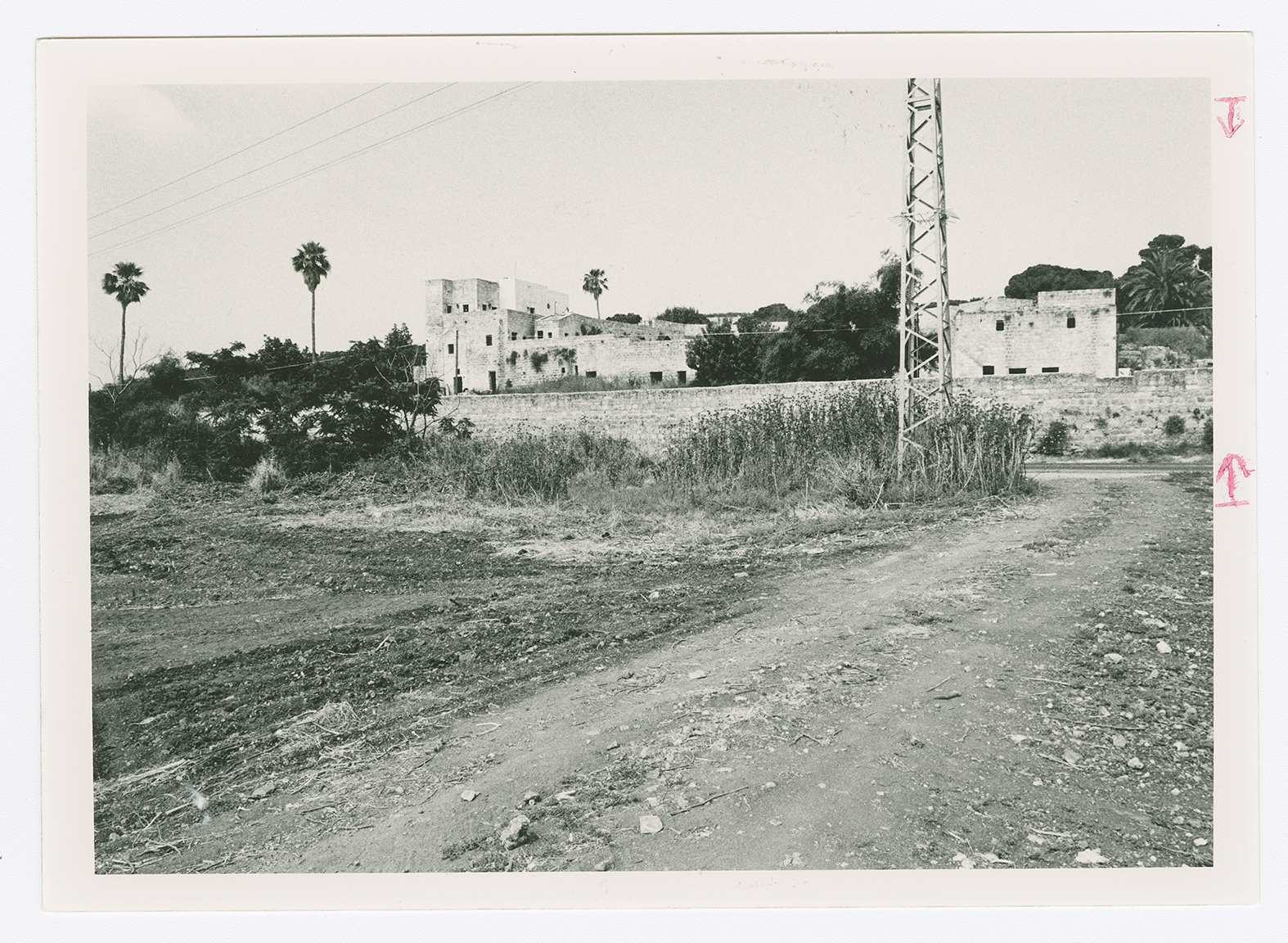| Year | Arab | Total |
|---|---|---|
| 1931 * | 1429 |
Khirbat al-Shuna was located at the southern-western foot of the Carmel Mountains, very near the coastal highway. The Haifa-Tel-Aviv railway passed along the western edge of the village. Its original name was al-Shuna. By the mid-1920s it had been engulfed by the Zionist settlement of Binyamina, founded in 1922 and originally known as 'Jewish al-Shuna' (al-Shuna al-yahudiyya). The Palestinian village was thereafter referred to as Khirbat al-Shuna. The village was classified as a hamlet in the Palestine Index Gazetteer. West of the village lay Tall Mubarak, a small archaeological site excavated by the Hebrew University in 1973-76. The fourteen strata of ruins were dated from the early second millenium B.C. through the Roman, Byzantine, and Crusader periods, that is, as late as the thirteenth century A.D. The top of this mound had been the cemetery for the nearby Palestinian village of Jisr al-Zarqa.
Located on a stretch of the coast regarded by Zionist leaders as the core of the future Jewish state, the village would have been vulnerable to 'clearing' operations undertaken in the first weeks of the war. In mid-March, April, and the first half of May 1948, Haganah and Irgun forces organized a series of strikes designed to expel all Palestinian villagers from the coastal area between Tel Aviv and the Jewish settlement of Zikhron Ya'aqov, south of Haifa. This area was considered by the Haganah command to be 'the core of the emergent Jewish state,' according to Israeli historian Benny Morris. The raids usually targeted one or two villages at a time, and often also succeeded in scaring neighboring communities into flight.
Al-'Abbasiyya (Jaffa sub-disctrict) was the first village to be occupied by the Irgun during the implementation of this general Haganah plan. The village fell on 4 May and was held by Irgun forces for a total of five weeks, according to the History of the Haganah. By mid-May the Haganah had fulfilled its aim of 'clearing' most Arab inhabitants from this part of the coastal plain.
There are no Israeli settlements on village land. The settlement of Binyamina, built in 1922 south of the site, has expanded so that some of its buildings are close to the original boundaries of the village land. It was combined with Nachalat Jabotinsky (named after Vladimir Jabotinsky, the founder of Revisionist Zionism) in 1946.
The site is fenced in and the few standing houses have been renovated and turned into tourist facilities. There are tall palm and eucalyptus trees and cactuses grow around the houses.

